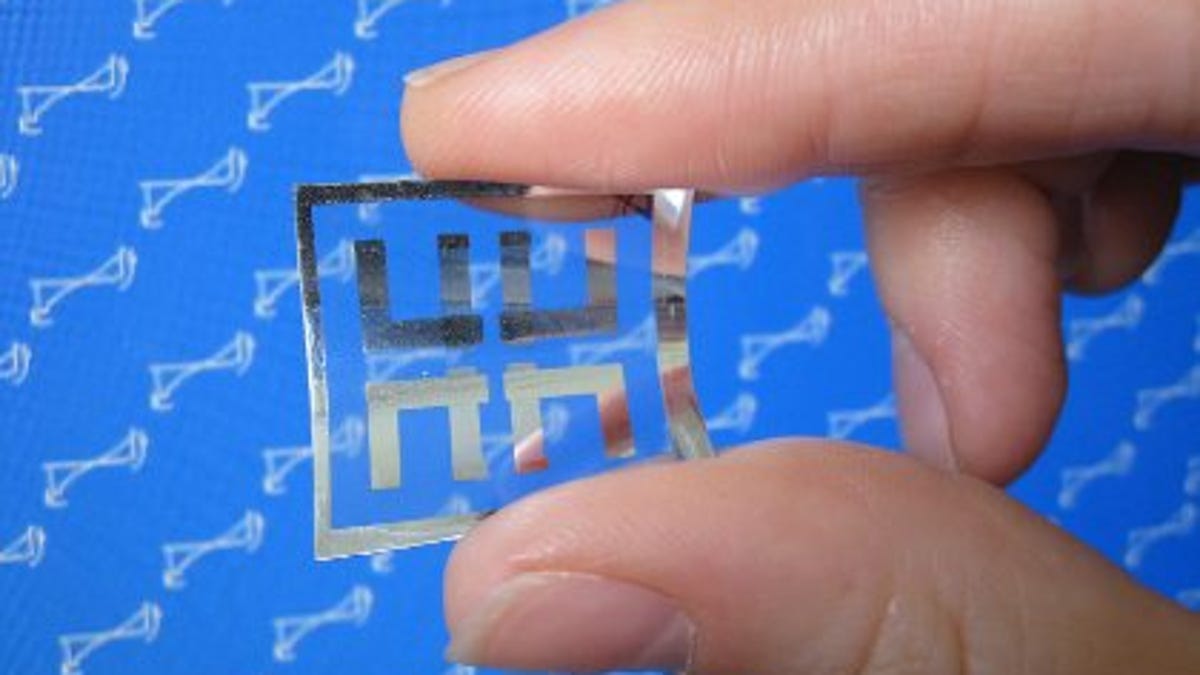Flexible memory developed for chips
Researchers at U.S. National Institute of Standards and Technology have created a flexible memristor, which can be bent or twisted and remain functional.

A flexible memristor has been developed by the U.S. National Institute of Standards and Technology, opening the door to new memory technologies.
It is the first time this kind of memory device, demonstrated for the first time last year, has been shown in flexible form.
The memristor (from "memory resistor") was made by setting titanium oxide, one of the common ingredients of sunscreen and toothpaste, onto flexible transparent polymer sheets, NIST announced Tuesday. By adding electrical contacts the NIST research team created a flexible memory switch that operates on fewer than 10 volts, maintains its memory when power is lost, and still functions after being flexed more than 4,000 times.
"We wanted to make a flexible memory component that would advance the development and metrology (the science of measurement) of flexible electronics, while being economical enough for widespread use," said Nist researcher Nadine Gergel-Hackett, in a statement. "Because the active component of our device can be fabricated from a liquid, there is the potential that in the future we can print the entire memory device as simply and inexpensively as we now print a slide on an overhead transparency."
The NIST research team created the memristor using an inexpensive setting technique, by spinning the titanium oxide in "sol gel" liquid form, depositing it on the transparent sheet, and then letting it dry on the polymer at room temperature. In a paper entitled "A Flexible Solution-Processed Memristor," the researchers noted that the memristor remained non-volatile for 14 days.
Memristors, which were hypothesized in the 1970s but only realized by Hewlett-Packard researchers in 2008, retain memory states when there is no electrical current being passed through them. A memristor has resistance to an electrical current, but that resistance changes depending on the amount of current and direction of the current flow. For a memory circuit, the current is passed one way for a zero, the other for a one, leaving the memristor in a high or low conductivity state. Resistance can then be read back later--in the case of the NIST memristor, for at least 14 days.
A flexible memristor would allow for the development of flexible chips that could be used in a variety of technologies, including for medical uses such as heart-rate or blood-sugar monitoring, said the NIST statement.
Tom Espiner of ZDNet UK reported from London.